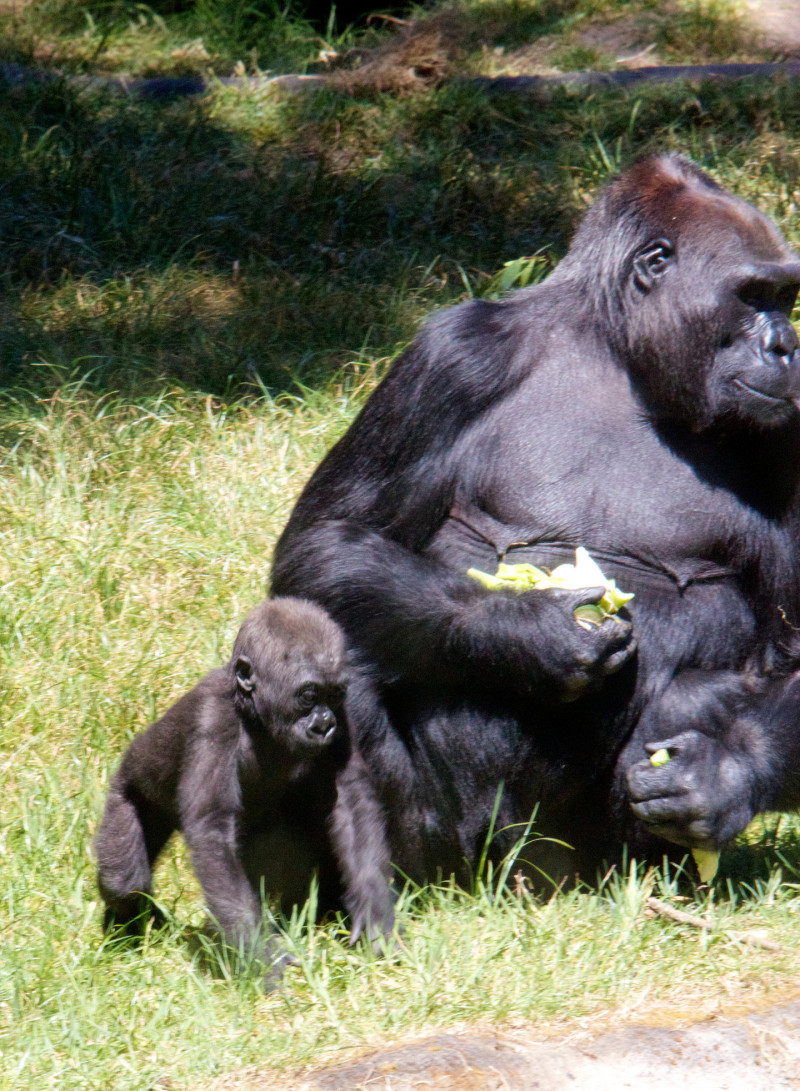Update Friday: The Chronicle reported today that safety issues related to a different door in the gorilla enclosure than the one that killed 16-month-old Kabibe last week at the San Francisco Zoo have cropped up over the past several years.
Zoo officials would not respond to questions Thursday about the gorilla exhibit. But the exhibit’s night quarters have a history of mechanical failures and safety issues, including an incident two years ago when a gorilla was injured by an electric door, according to zoo records obtained by The Chronicle.
On July 16, 2012, an adult gorilla named Monifa had her right hand pinched under a door, cutting the base of all four of her fingers, according to a zoo report. She was treated by veterinarians, and mechanics adjusted the door — which was not the same one that killed Kabibe.
On March 4, 2013, the same door that injured Monifa jammed and had to be pried open with a crowbar, records show. The same door then unexpectedly collapsed earlier this year. “Electric door 5 crashed down in AM while securing gorillas,” stated a Feb. 22 report. “No one injured just upset by noise.”
The Chronicle also said the U.S. Department of Agriculture, which enforces the Animal Welfare Act, is investigating Kabibe’s death. The department previously fined the zoo $1,875 for violations related to the 2007 mauling death of 17-year-old Carlos Sousa Jr. by a tiger that leapt out of its enclosure, the L.A .Times reported in 2011.
As you can read below, Dr. Terry Maple, who is investigating the latest incident, says many areas of the zoo, including the gorilla exhibit, need major upgrades to make them safe.
Original post:
Everyone is still mourning the accidental death Friday of Kabibe, a 16-month-old western lowland gorilla housed at the San Francisco Zoo. You only have to get a gander at some Kabibe photos to start the grieving process all over again.

